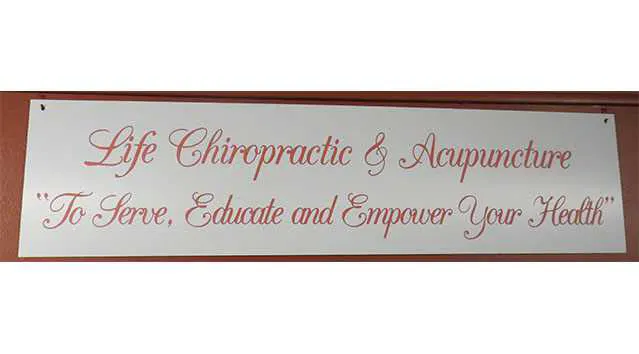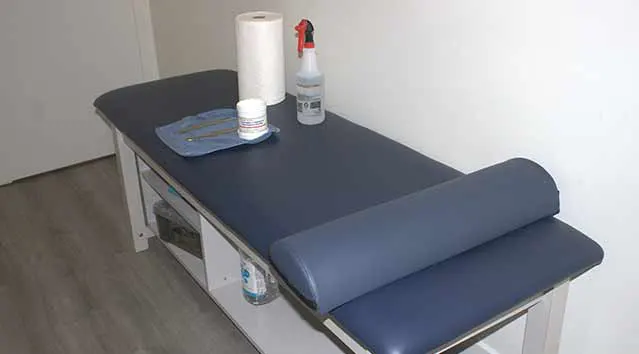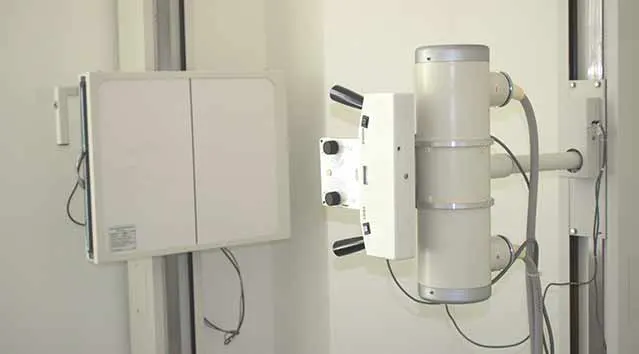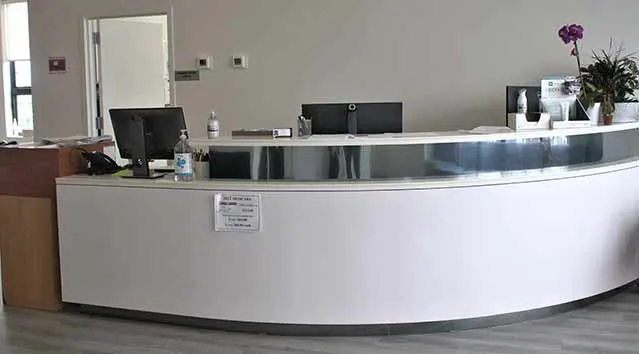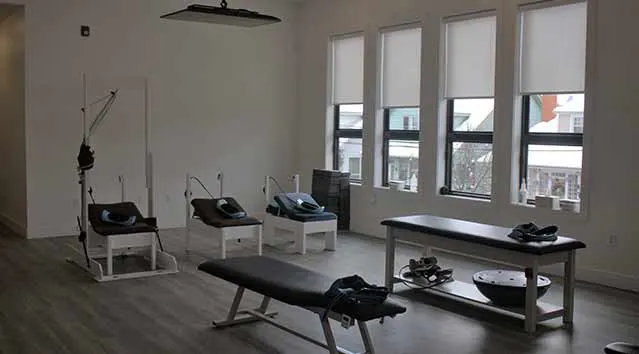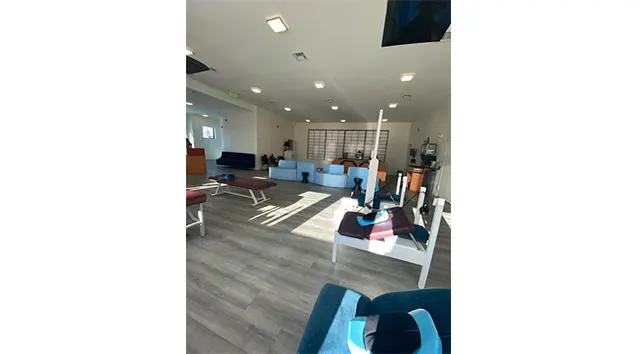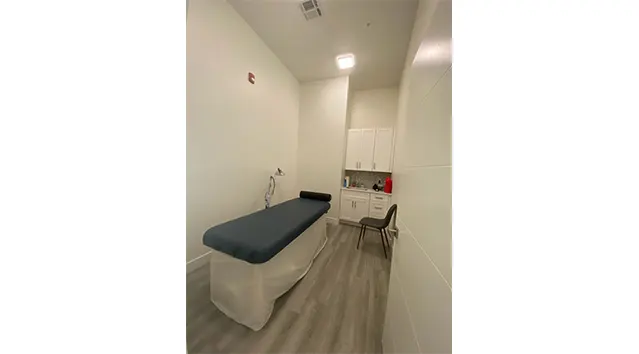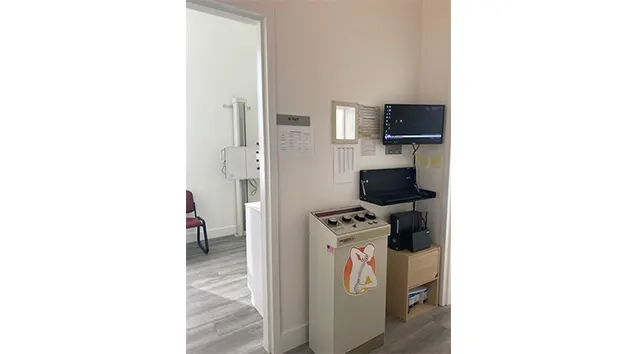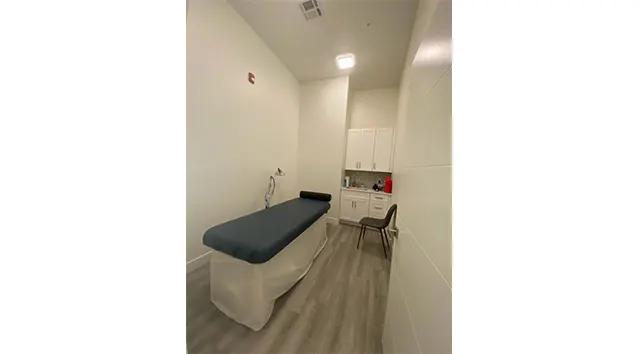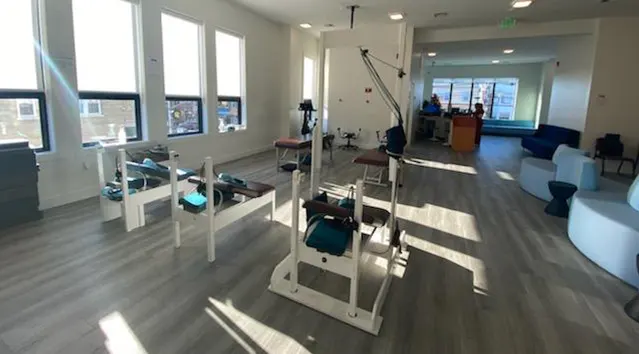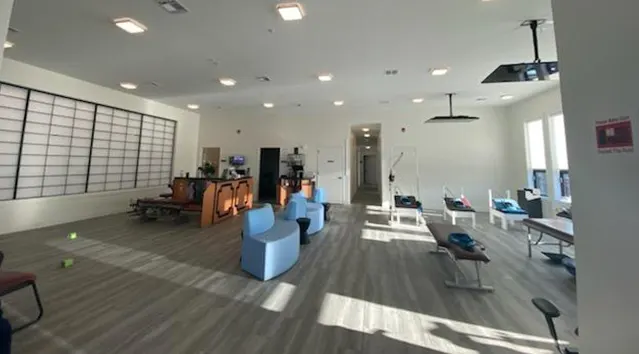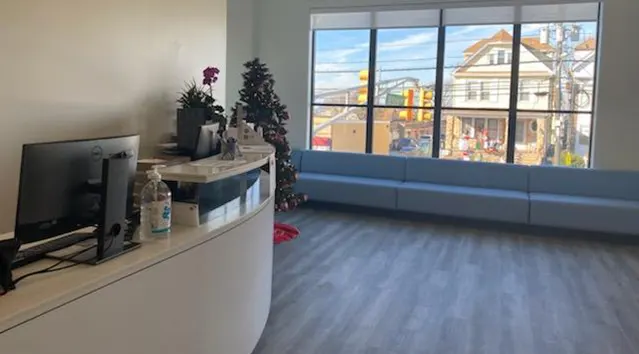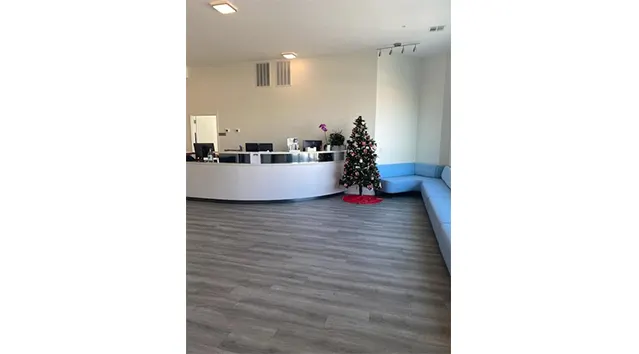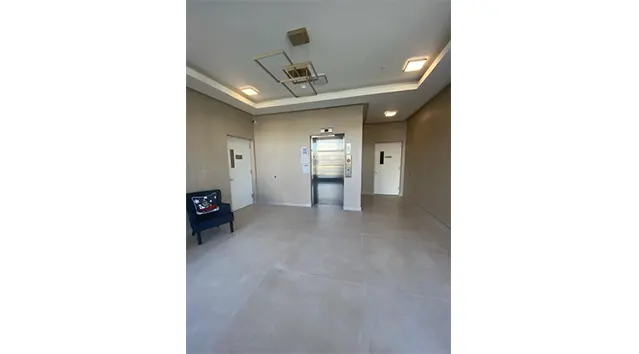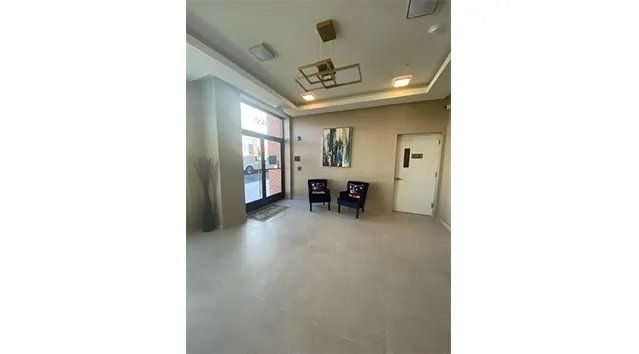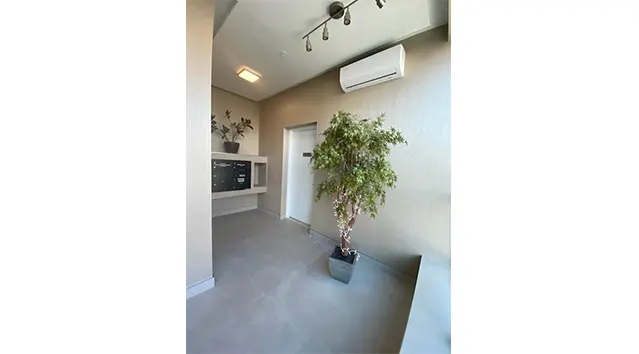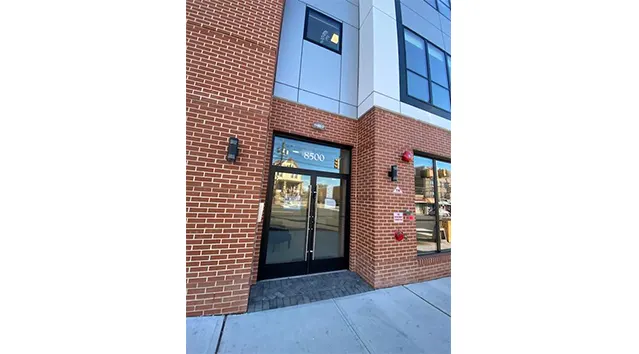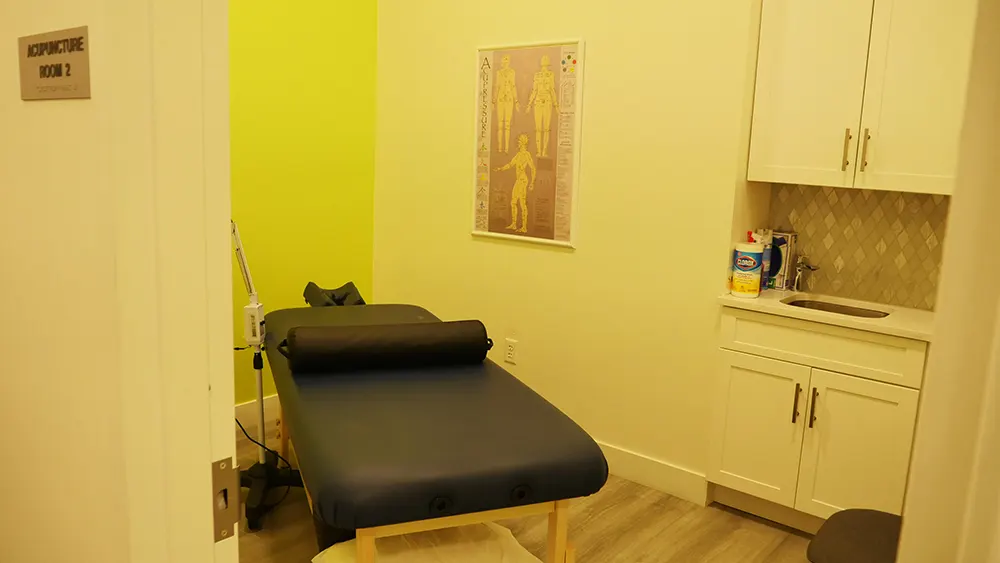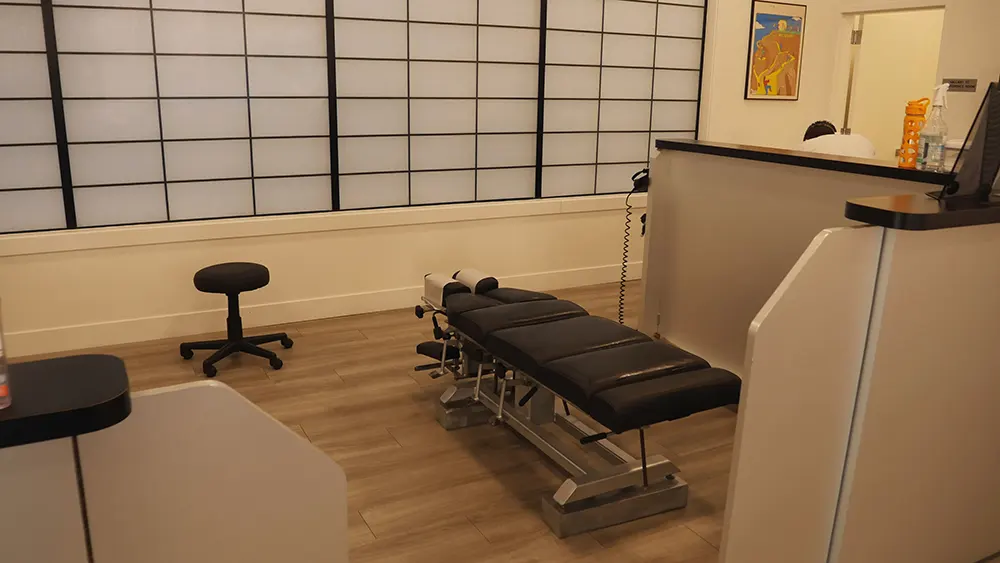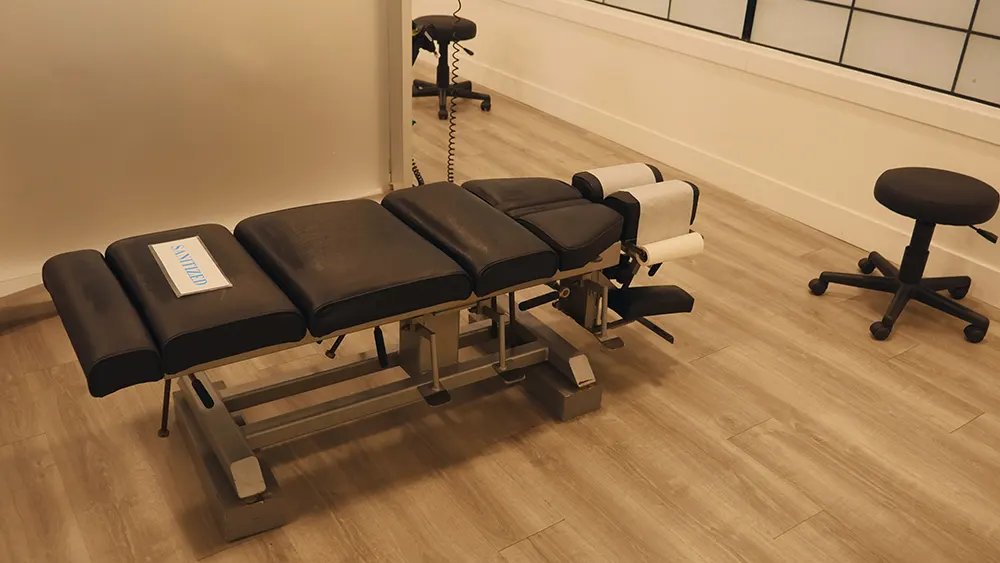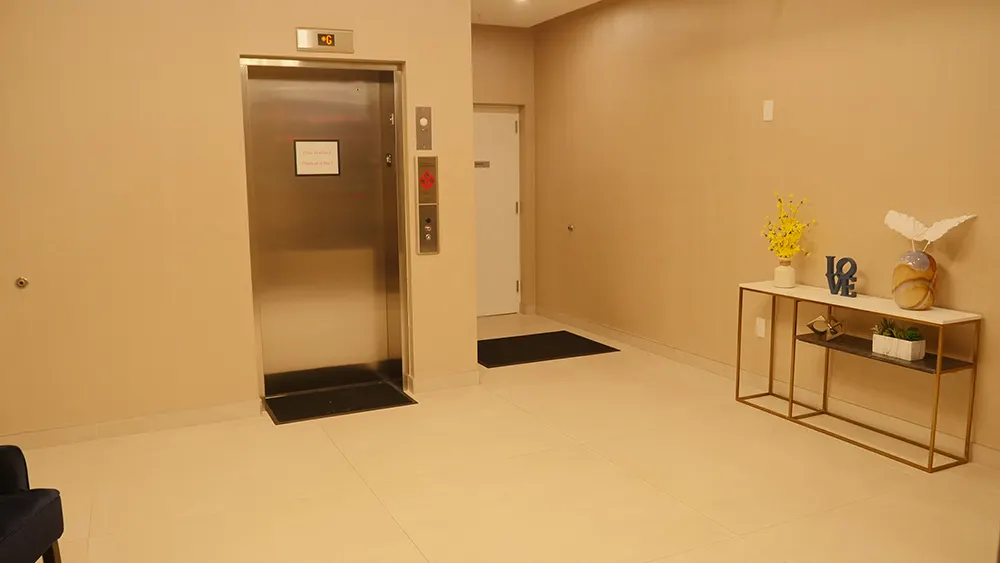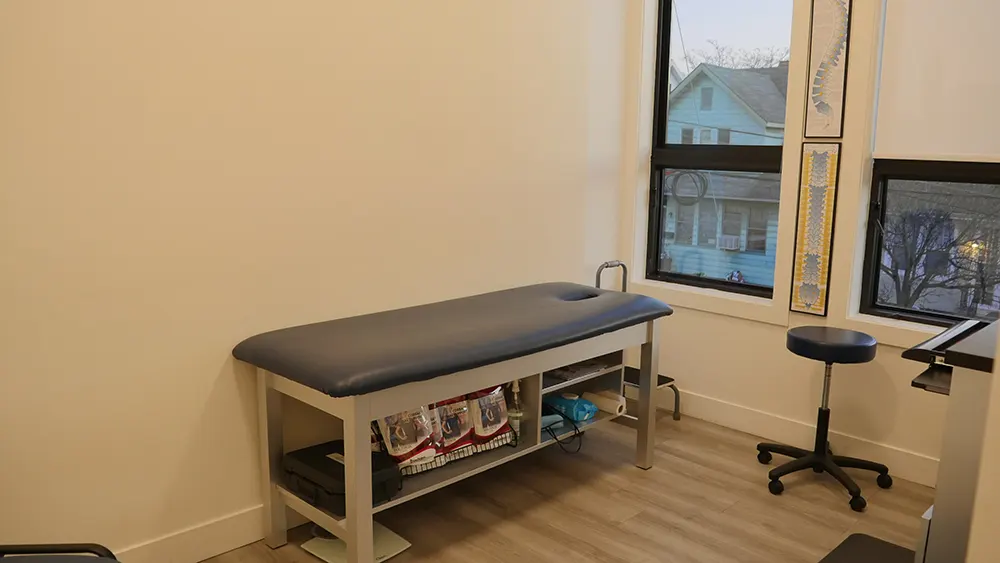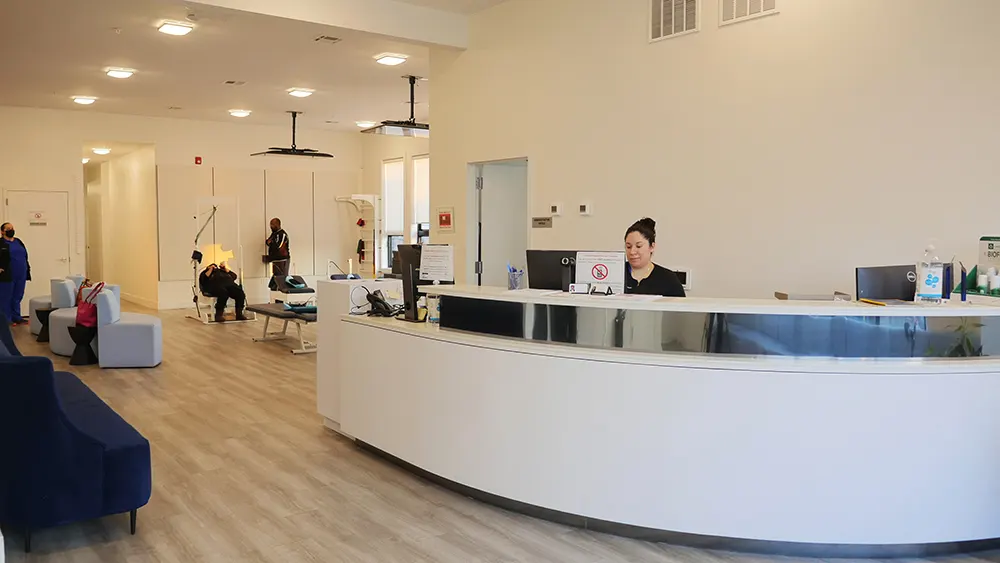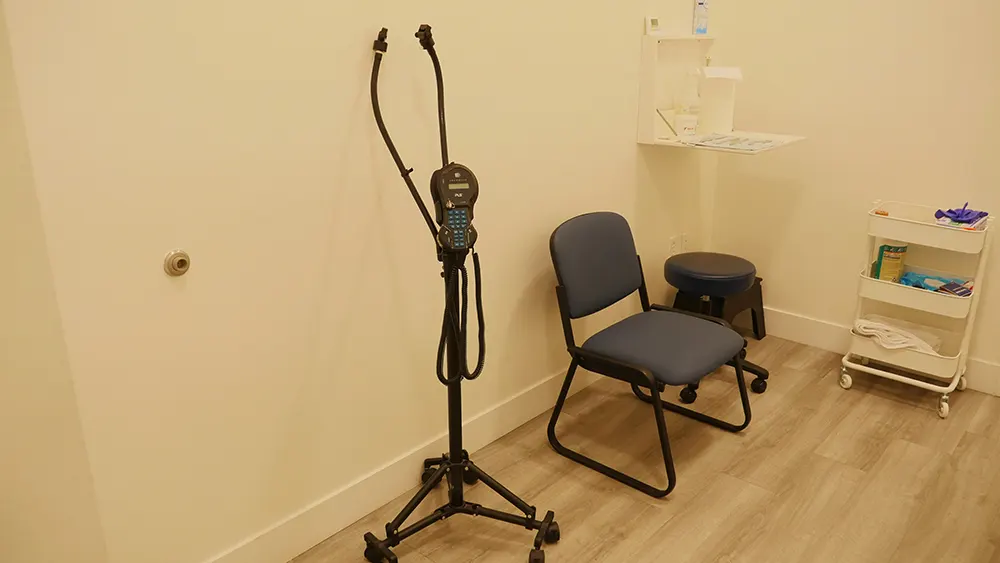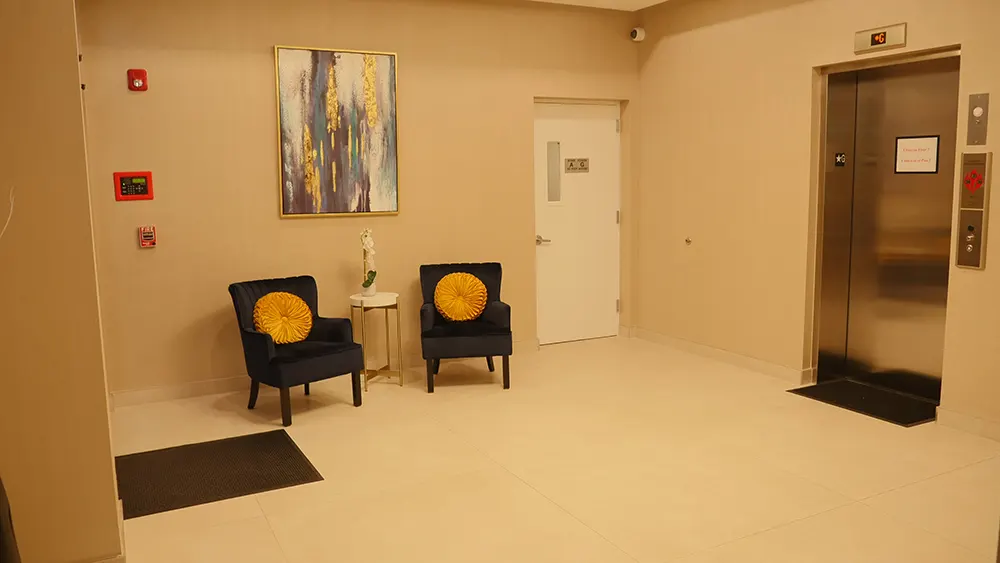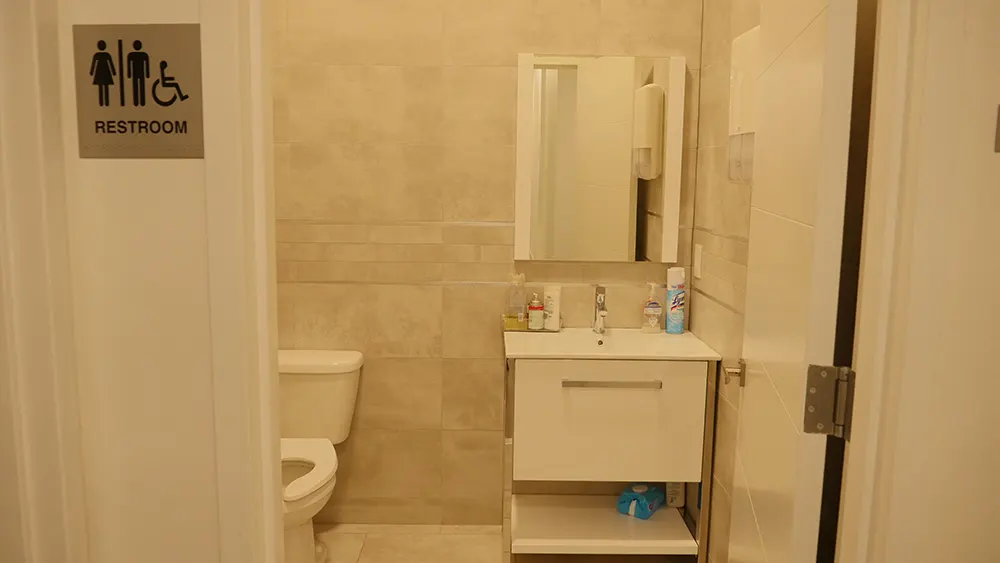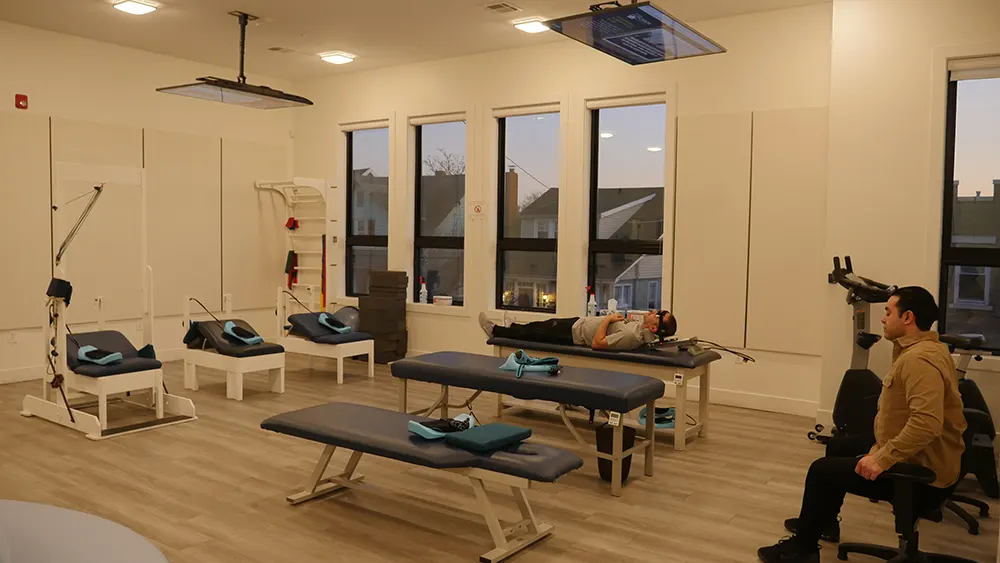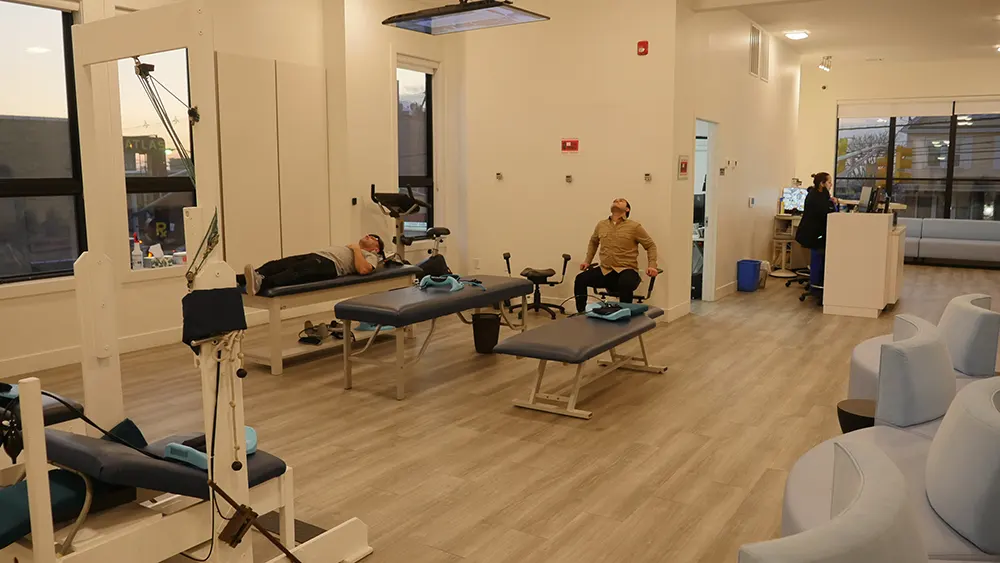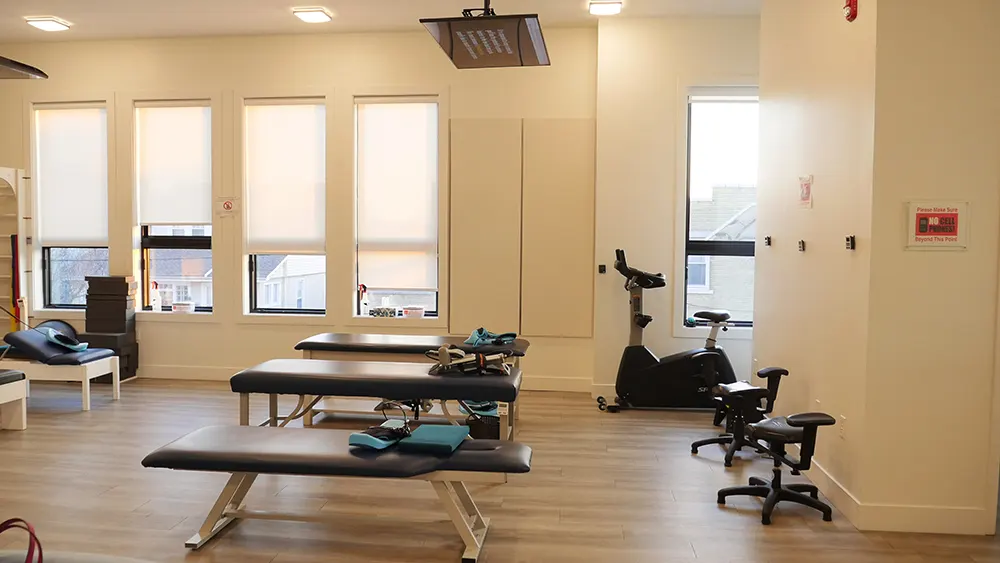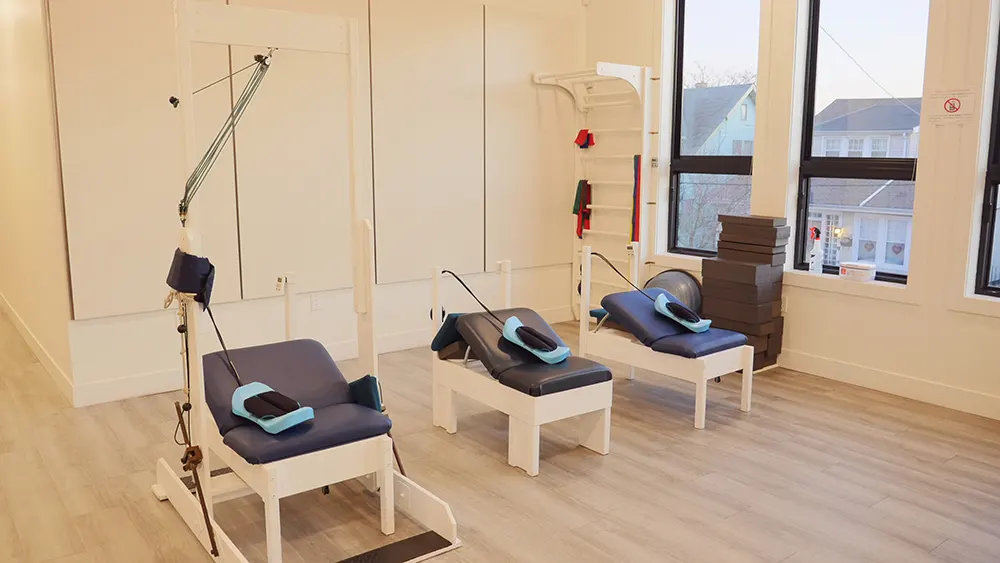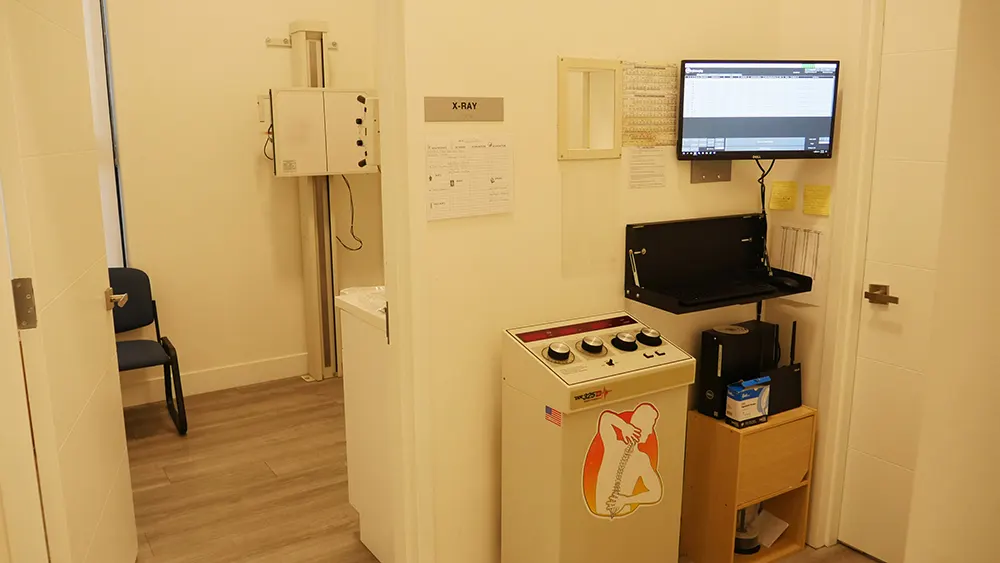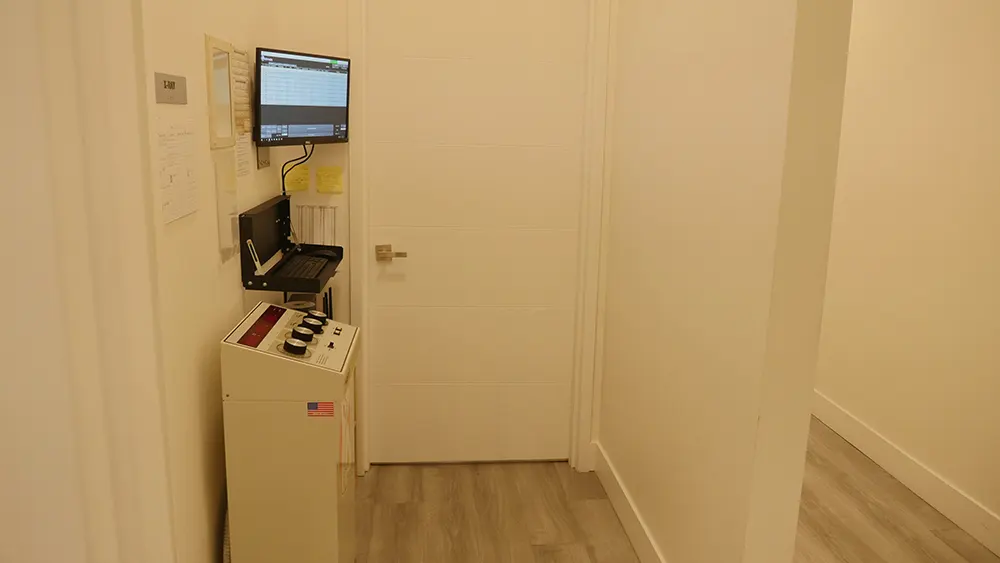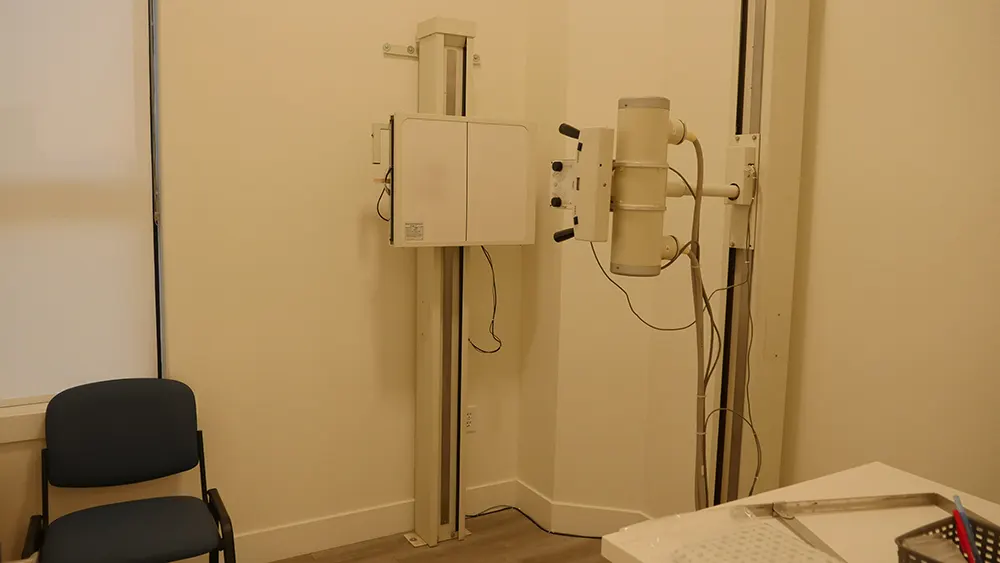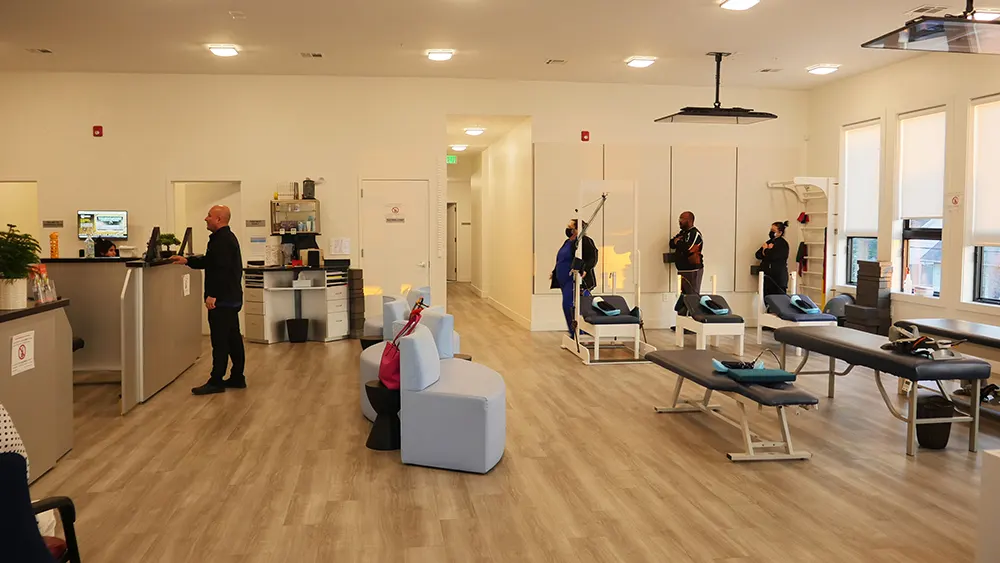My name is Dr. Alex Hernandez . I am a Chiropractor in North Bergen, NJ and I’m here with Maria. Maria is going to show us what normal low back motion looks like. We’re going to do a couple of flexibility tests to assess what normal range of motion is for the low back.
Maria, why don’t we show them flexion first, bend forward. Maria is pretty flexible, she can touch the floor, we don’t expect everybody to touch the floor but you should be somewhere between 6 and 9 inches off of the ground. That's what normal flexion of the low back should look like. There should be no pain or discomfort in the low back while doing this. Let’s go back up slowly, you shouldn’t have any pain coming back up.
Alright, now we will show lumbar extension. When you do lumbar extension, you want good flexibility in the low back, you don’t want to be bending the knees, cheating, alright? You should have normal motion, not experiencing any pain, discomfort, stiffness, or shooting pain.
The next motion is flexion to the side. You should be able to have a nice bend to the side without picking up your foot, a lot of times people have problems with the low back and they compensate by picking up the foot. When you bend to the other side, you should have smooth motion, you shouldn’t have any difficulties, tightness, grinding, cracking, or any of that.
Two more, let’s have you rotate to the side, and then rotate to the other side. Alright, so as you rotate, there should be no pain or discomfort, grinding or cracking and you should be able to relax the arms.
If you’re experiencing any of those problems, it’s because there’s an underlying cause, whether it’s a pinched nerve, a muscle problem, it’s important for you to find out. If you want to do something at home to assess your low back pain, try these motions. In the next blog we’re going to show you what abnormal low back motion looks like.
Contact us for a proper evaluation of the lower back.






